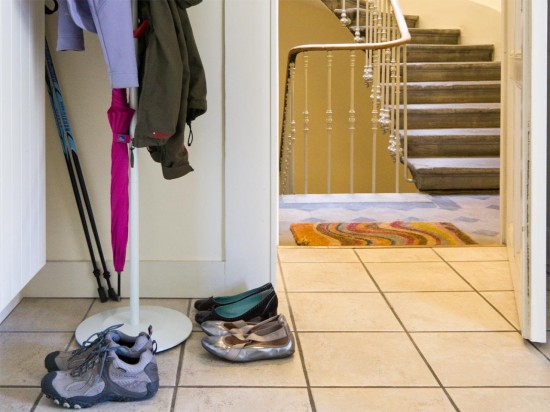
Having been raised in an Asian household, I was trained to remove my shoes upon entering a home so that I wouldn’t track in any dirt and debris. I have maintained this ritual throughout my life and most recently learned that many Canadian and Swiss households do the same thing. Less debris equals less floor cleaning!
Unfortunately, it is a bit difficult to implement this tradition of shoe removal in work environments. However, the concept of using floor mats to minimize the spread of contaminants from the bottom of our shoes at a building entrance has recently gained attention in the last ten years. Stopping contaminants such as dust and dirt particles right at the building entry and preventing their spread into the building can help with the maintenance of cleanliness and good indoor air quality. Green building certification programs such as LEED and GreenPoint Rated recognize the positive effects of this concept and award points for permanent floor mats built into a finished floor.
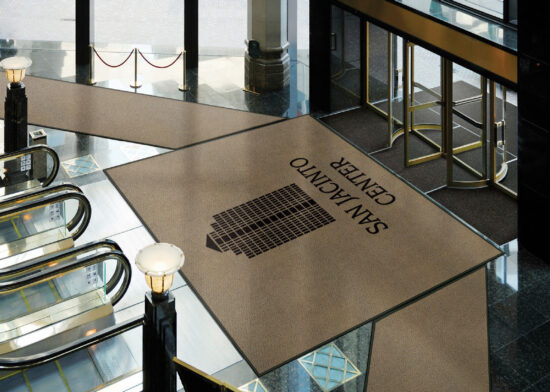
Temporary floor mats serve the same purpose when built-in floor mats are not an option, especially in existing and older buildings. Yet the idea of using floor mats to prevent the spread of contaminants has not been aptly recognized because they are viewed as temporary and often times unsightly. In practice, most floor mats are only rolled out during the rainy season to prevent the spread of rainwater and consequently help minimize the chances of slippage within the building.
That is all good, but how can we help facility management teams see beyond that, recognize that floor mats laid out permanently can serve dual purposes, and place value in the specification of quality floor mats? Perhaps Ecopath’s line of products can jumpstart the dialogue. While EcoPath is among the many manufacturers of floor mats, it sets itself apart by producing durable, environmentally friendly floor mats.
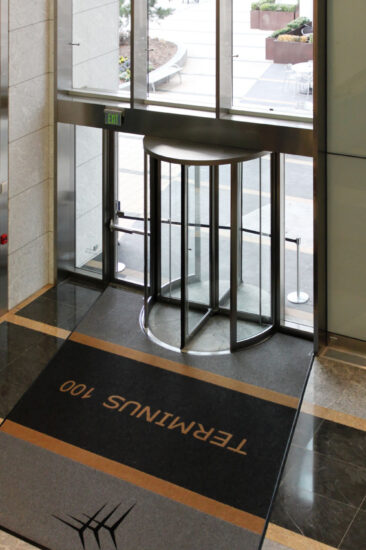
The What: The EcoPath line consists of three types of 100% recyclable entryway floor mats containing recycled and renewable ingredients: EcoMax, EcoRib, and EcoClassic. All floor mats consist of an upper layer carpet and a backing made with EnviroCel, a polyurethane backing system designed for commercial carpets and manufactured by Universal Textile Technologies.
EnviroCel features three main components. As a whole, EnviroCel aims to replace traditional petroleum-based backing ingredients with bio-based polymers derived from soybean plants grown in the United States. This soy-based polymer helps lock carpet fibers into place. EnviroCel also contains Celceram, a recovered pre-consumer recycled mineral compound which is a by-product of coal combustion in electrical utility power plants. The third component is the BioGrip fleece layer which provides a slip resistance factor and consists of 70% natural rubber and 30% post-consumer recycled material made from 100% recycled PET (polyethylene terephthalate). In April of 2011, Universal Textile Technologies committed to Yellowstone National Park to purchase all of the park’s recycled plastic bottles each year and convert them into a non-woven, fleece material that is used to manufacture its BioCel and EnviroCel high-performance backing products for carpet and synthetic turf.
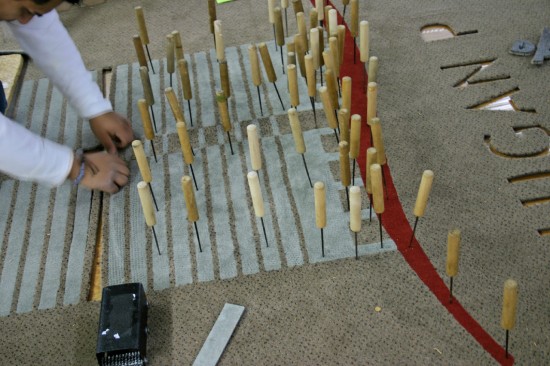
EcoPath’s green attributes are third-party certified for its recycled and renewable ingredients. The products can contribute to a variety of LEED credits such as Recycled Content and Rapidly Renewable Materials and categories such as Materials & Resources, Indoor Environmental Quality, and Innovation & Design Process.
EcoPath floor mats are anti-static, ADA compliant, and chemically resistant while they hold moisture well. Manufactured in the U.S. with a 5-year warranty, the floor mats can be customized to any size, out-fitted with any logo or decorative motifs, and ordered directly from the manufacturer. Maintenance wise, daily vacuuming can easily keep the floor mats clean. Periodic deep cleaning using hot water extraction is recommended at least twice a year and more frequently for applications with heavy soil tracking. At the end of its useful life, the floor mats can be given back to EcoPath for recycling at its Dalton, Georgia facility and then integrated into turf products such as AstroTurf.
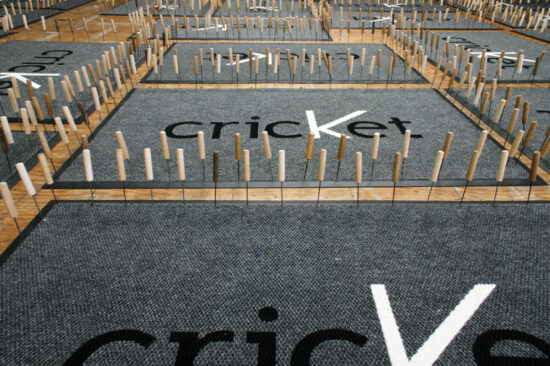
The selection of EcoMax, EcoRib, or EcoClassic should be based on how much foot traffic and daily wear are anticipated in its application. The three products differ from each other by the degree of how much particulates and water they can trap and by the texture of the carpet (tufted versus needle-punched). The carpet consists of UV resistant, solution-dyed fibers which come in a variety of colors, with EcoClassic having the widest range of colors.
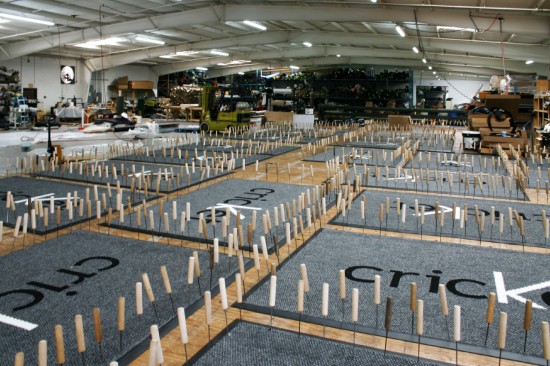
Having been in and out of many buildings, I have walked on a lot of nice looking floor mats as well as ragged, cheap looking floor mats. I have also seen a lot of them peeking out of dumpsters as their final resting ground. Is it possible to change the attitude of treating floor mats as easily disposable commodities? EcoPath has made a good start by making it easier for us to specify good quality floor mats which can be responsibly recycled at the end of their lifecycle.





Be the first to comment